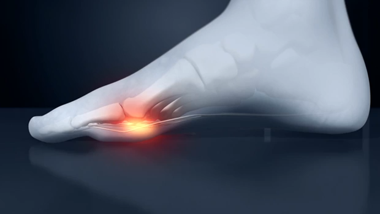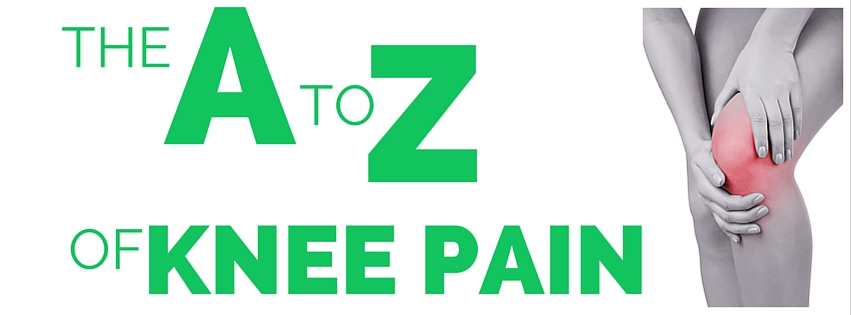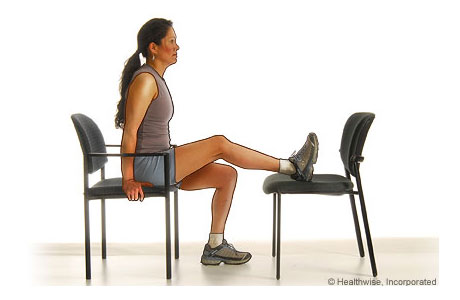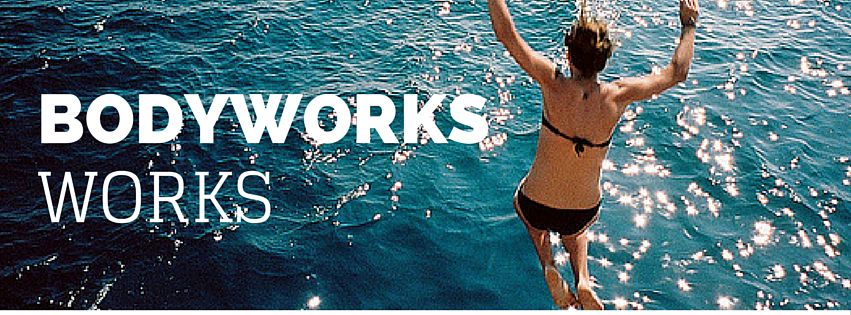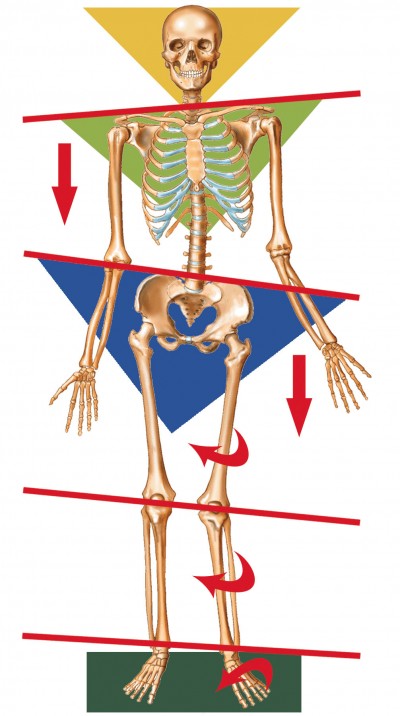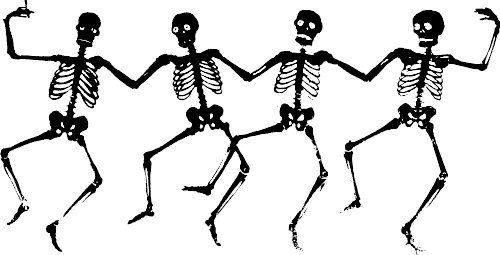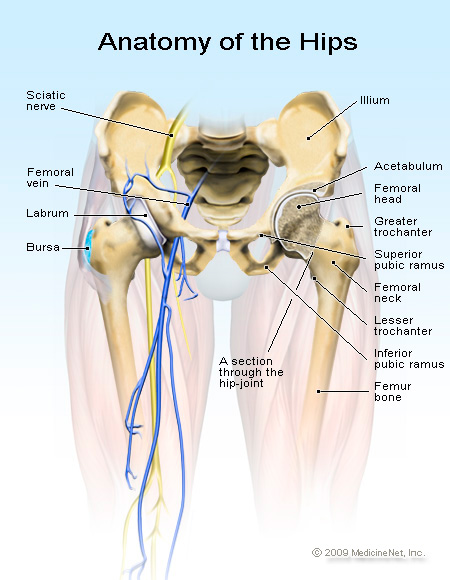
Hip Pain
The hip or acetabilofemoral joint includes over 70 different ligaments, tendons, muscles and bones and is (with the shoulder) the most flexible joint in the body, slightly different in men and women. Where’s the pain? Confusingly, the area that most of us refer to as our hip is actually the pelvis bone. The hip joint itself is deep into the groin. So “true” hip joint pain is usually felt as…

